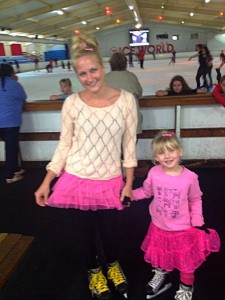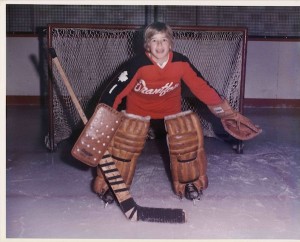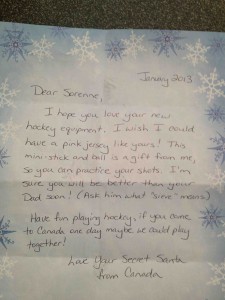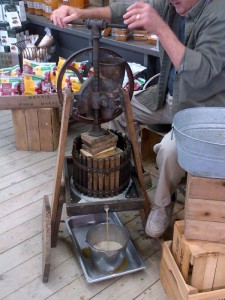While packing up endless stuf to bring to Brisbane tomorrow, I had the Rangers and Devils on in the background this afternoon, and now have Canadians-Leafs on the computer, exchanging text barbs with daughter Braunwynn who does not yet know the sorrow of a Toronto Maple Leafs fan, and packing more.
Harnarayan Singh and Bhola Chauhan are the voice of the National Hockey League in an animated stream of Punjabi, punctuated with 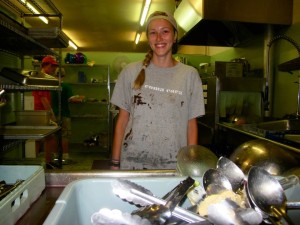 English words like “linesman,” “icing” and “face-off.”
English words like “linesman,” “icing” and “face-off.”
The New York Times reports Singh spoke at great volume as Toronto scored its first goal, crediting wing Joffrey Lupul for what translates to “picking up the wood,” a traditional Punjabi battle cry akin to bringing the house down.
“Chak de phatte goooaaalll Joffrey Lupul! Torrronto Maple Putayyy!”
A few minutes later, Winnipeg’s Chris Thorburn and Toronto’s Colton Orr dropped their gloves and began pounding on each other, and Singh rose in his chair to animate each blow. As the players were led to the penalty box, Chauhan, an Indian-born draftsman, writer and taxi driver wearing a cream-colored turban, read a fighting poem he had written based on a Punjabi style of verse.
The guy who is winning has a punch like a lion, and takes over the fight.
He hits like a sledgehammer.
They’re rivals, and he’s hung the other out to dry, not letting him go.
The weekly Punjabi broadcast of “Hockey Night in Canada,” as venerated an institution for Canadians as “Monday Night Football” is for Americans, is the only N.H.L. game called in a language other than English or French.
The broadcast marries Canada’s national pastime with the sounds and flavors of the Indian subcontinent, providing a glimpse into the changing face of ice hockey.
Singh, 28, has developed a signature style tailored for his audience. A puck can be described as an “aloo tikki,” a potato pancake his mother makes especially well. When a team comes back in the second period with renewed energy, Singh might say what translates to “someone  must have made them a good cup of chai in the intermission.” A player who celebrates after a big goal will “dance bhangra moves.”
must have made them a good cup of chai in the intermission.” A player who celebrates after a big goal will “dance bhangra moves.”
The number of children playing ice hockey in Canada has remained stagnant, said Paul Carson, vice president for hockey development with Hockey Canada.
“Growth in this country is coming from immigration from a lot of non-hockey-playing countries,” he said. “They’re coming from the Mideast, Africa, East and South Asia.”
The members of Singh’s family, like most of Canada’s 1.1 million Punjabi speakers (almost twice as many as in the United States), are Sikhs. The religion is centered in the Punjab region, which straddles northwestern India and Pakistan. Sikhs have been in Canada since the late 19th century.
Singh’s parents, Santokh and Surjit, were born in India and moved to Canada in the late 1960s, to work as teachers in Brooks, a small town in Alberta. Singh, the youngest of their four children, was born in 1984, months after Wayne Gretzky and the Edmonton Oilers won their first Stanley Cup.
So far, the best way to generate new fans seems to be having a successful home team. The Washington Capitals have broadened their appeal among young Hispanics and other minorities because of the star power of Alexander Ovechkin.
“Now there’s an explosion of interest in that community because they all want to play hockey,” said Peter Robinson, a Capitals official who oversees amateur hockey development. Local rinks are adding classes every week to keep up with demand, he said. “Their parents and grandparents didn’t pay attention to hockey, but now hockey’s everywhere.”
Sorta like food safety.
 And that all of my CPR training was about 30 years out of date.
And that all of my CPR training was about 30 years out of date. refrigerator.
refrigerator.
